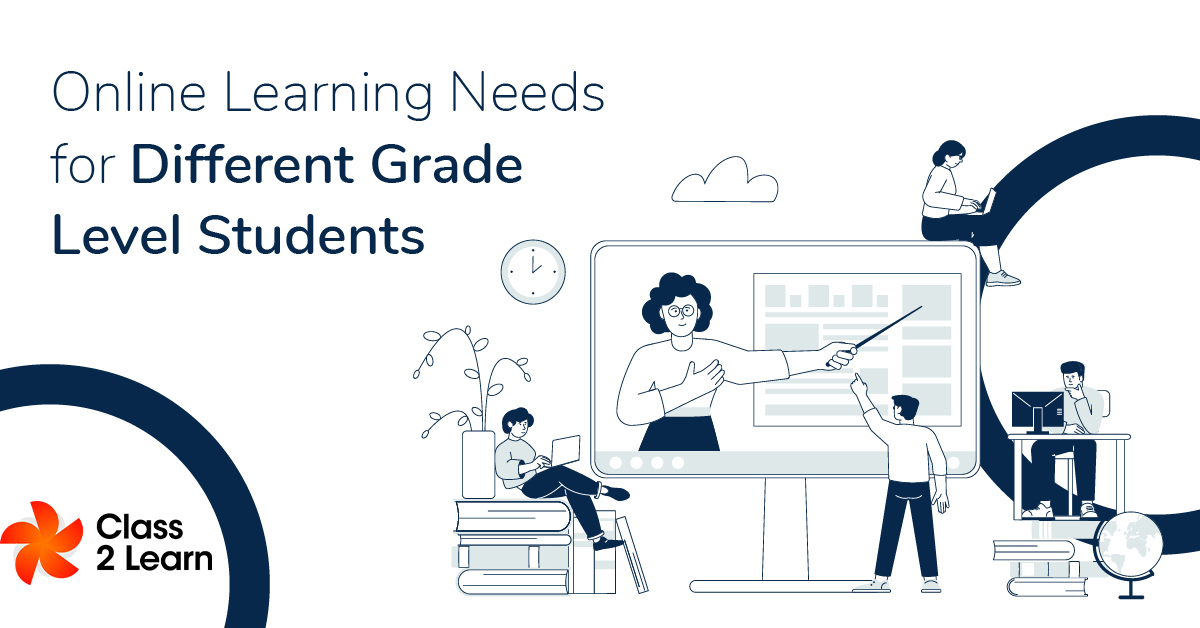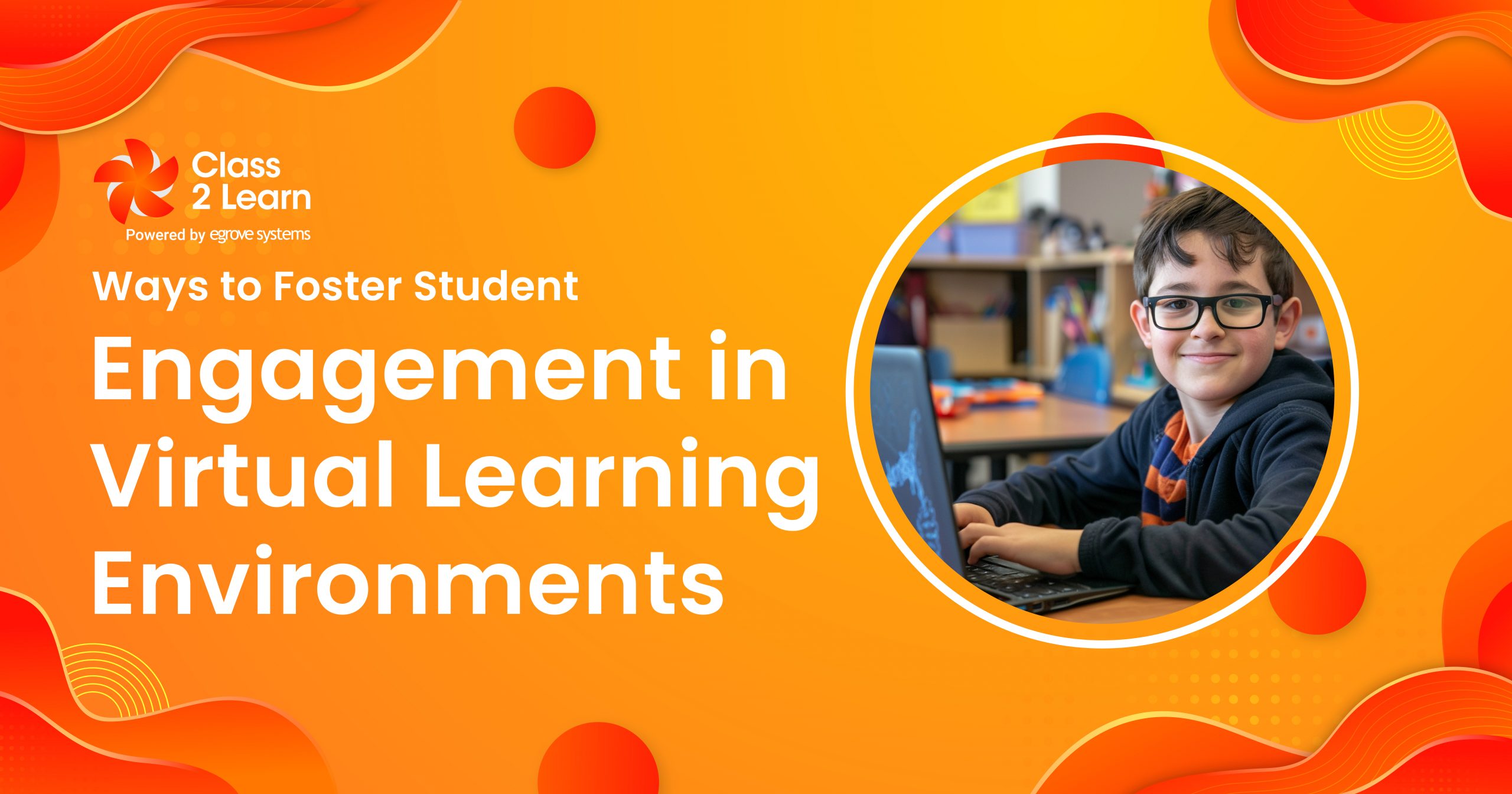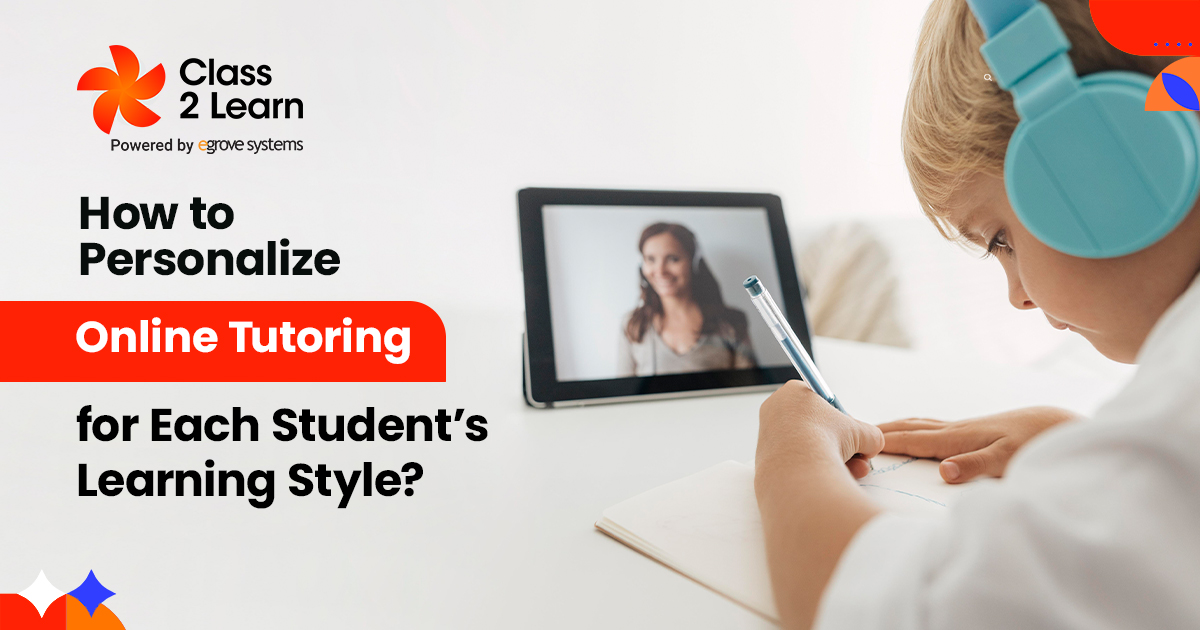Online learning provides students with a unique educational experience. While online learning has advantages, approaches to virtual education vary depending on the age of the pupils. The online learning requirements of younger pupils differ from those of older students. While student success is always a goal that can be achieved regardless of age, it must be accomplished in different ways.
Elementary School
The primary years of education are vital for children because this is when they learn to read, write, and much more, ultimately preparing them with the basics to proceed with higher education. Usually, this level of education is pretty hands-on for children.
Online learning for primary school students can be more challenging because they are younger, have shorter attention spans, and their need for interaction is higher. When children of a young age are converted from in-person learning to remote learning, this potentially poses the risk of learning issues that students will have to face on their own. Without having a teacher present to assist younger students with their core learning, they may begin to struggle with grasping difficult and new concepts.
It might be especially challenging for smaller grades in elementary school to engage in online learning since they are not proficient in reading and writing, or have not yet begun to learn to do so. This makes it practically hard for them to follow online learning platform instructions and submit their work on their merit. Children of this age will require the presence of a parent or adult during their online learning experience.
The online learning experience for this age group will need to be altered and cannot be treated in the same way that online schooling for older children is. Elementary pupils must be as engaging with their instructors as possible. Student achievement for primary kids is most likely when learning approaches incorporate video chats, break-out groups, and regular student support with instructors throughout the school week. Constant touch is required for the younger age group of kids to aid their learning.
It is also important for a guardian to be involved in their online learning experience and be present for most of the school day. This will assist them along the way with any struggles they may encounter and also be another point of interaction within their daily schedule, helping them to still receive a proper education while using an online learning platform.
Middle/ High School
Unlike younger students, middle and high school students are more capable of self-solving. Even though they are capable of doing so, it is still necessary for their learning to be assisted by a teacher, but it may not need to be as hands-on as for elementary students.
According to the British Educational Research Association, since high school students are more advanced than any other grade level, when they encounter difficulty they are the most likely to do self-research and discover the answers on their own.
On the other hand, BRETA found that middle school students are more likely to reach out to their classmates or friends for help instead of doing their self-research. This may be because they are not as seasoned as high schoolers and collaborating with peers to make sure they are on the same page will help assure them that they are understanding correctly.
Both of these methods for higher-grade students include solving issues on their own without referring to a parent or teacher. While interaction with teachers is still necessary for older students, it is not as vital for it to be as frequent as it is for younger students because high schoolers can regulate self-learning better.
However, because interaction with teachers may not be as frequent, students of this age do get assigned a lot of work instead to make up for it. This leads to students of this age group getting overwhelmed with their online learning workload.
The learning needs of middle and high school students are much different than those of the younger students. They do not need to have as much face-to-face time with teachers to improve their learning. Recorded lectures can suffice for this age group.
It is important, though, for their learning style to be similar to how it was before virtual learning, to avoid burnout. Keeping their coursework load the same as before is proven to help with student success and overcome any learning issues they may face with virtual schooling.
Conclusion
Just as with in-person school, learning styles vary for students depending on their age. However, with virtual learning, students have faced more adversity than ever, so it’s important to understand these online learning needs and adjust accordingly. Using an online learning platform is an adjustment for students of any age despite their age, but their learning needs can best be met by tailoring them to the students’ needs.





Add comment